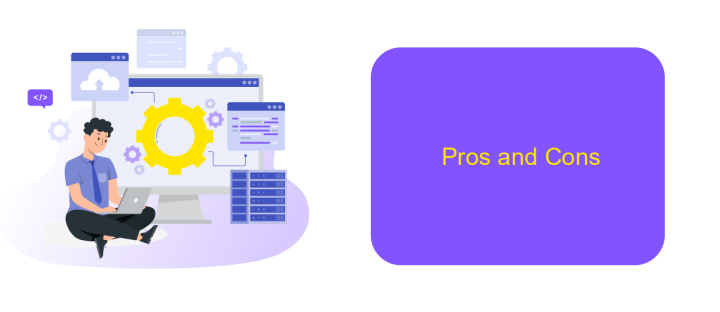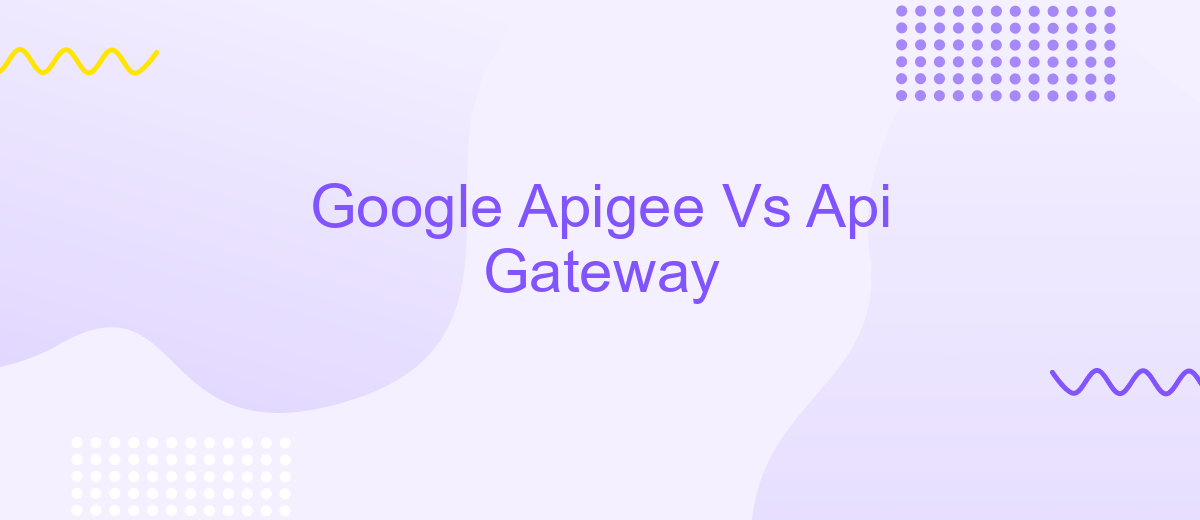Google Apigee Vs Api Gateway
Choosing the right API management tool is crucial for modern enterprises looking to streamline their digital ecosystems. Google Apigee and API Gateway are two leading solutions in this space, each offering unique features and capabilities. This article delves into a comparative analysis of Google Apigee and API Gateway, helping you understand their strengths, weaknesses, and ideal use cases.
Introduction
As businesses increasingly rely on APIs to connect services and streamline operations, choosing the right API management tool becomes crucial. Two popular options in this space are Google Apigee and API Gateway. Both platforms offer robust features for managing, securing, and monitoring APIs, but they cater to different needs and use cases.
- Google Apigee: A comprehensive API management platform offering analytics, security, and developer tools.
- API Gateway: A simpler, scalable solution designed for easy integration and management of APIs.
Understanding the differences between these two platforms can help you make an informed decision that aligns with your business goals. Additionally, services like ApiX-Drive can further streamline the integration process, making it easier to connect various APIs and automate workflows. This comparison will delve into the key features, benefits, and use cases of Google Apigee and API Gateway to guide you in selecting the best tool for your needs.
Features

Google Apigee and API Gateway both offer robust features for managing APIs, but they cater to different needs. Apigee excels in providing comprehensive API analytics, security, and monetization options, making it ideal for enterprises looking to gain deep insights and control over their API ecosystem. It also supports advanced features like traffic management, API versioning, and developer portal integration, which are crucial for large-scale API deployments.
On the other hand, API Gateway is designed for simplicity and ease of use, often favored by smaller teams or projects that require straightforward API management. It offers essential features such as request routing, rate limiting, and authentication, ensuring smooth and secure API operations. For those looking to streamline their integration processes, services like ApiX-Drive can be a valuable addition, enabling seamless connections between various applications and APIs without extensive coding. This makes it easier to automate workflows and enhance productivity across different platforms.
Use Cases

When considering the use cases for Google Apigee and API Gateway, it's important to understand their unique strengths and applications.
- Enterprise-Level API Management: Google Apigee is ideal for large-scale enterprises requiring advanced API management features, including analytics, security, and monetization.
- Microservices Architecture: API Gateway excels in managing microservices by providing routing, load balancing, and authentication, making it a perfect fit for modern, distributed applications.
- Integration Automation: Services like ApiX-Drive can be integrated with both Apigee and API Gateway to automate and streamline API integrations, enhancing overall efficiency and reducing manual workload.
Both Google Apigee and API Gateway serve distinct purposes and can be selected based on specific organizational needs. While Apigee offers comprehensive API management for enterprises, API Gateway provides robust support for microservices. Additionally, integrating tools like ApiX-Drive can further simplify and enhance the API management process.
Pros and Cons

Google Apigee and API Gateway are two powerful tools for managing APIs, each with its own strengths and weaknesses. Choosing between them depends on your specific needs and existing infrastructure.
Google Apigee offers robust features for API management, including traffic management, security, analytics, and developer management. It is highly scalable and integrates well with other Google Cloud services. On the other hand, API Gateway is simpler and easier to set up, making it an excellent choice for smaller projects or teams with limited resources.
- Google Apigee Pros: Comprehensive feature set, strong security, excellent scalability, and seamless Google Cloud integration.
- Google Apigee Cons: Higher cost, steeper learning curve, and potentially more complex to implement.
- API Gateway Pros: Simplicity, cost-effectiveness, and ease of use for smaller projects.
- API Gateway Cons: Limited features compared to Apigee, less suitable for large-scale deployments.
For those requiring advanced integrations, using a service like ApiX-Drive can streamline the process. ApiX-Drive offers a user-friendly interface for setting up integrations, making it easier to connect various services and automate workflows, complementing the capabilities of both Google Apigee and API Gateway.
Conclusion
In conclusion, both Google Apigee and API Gateway offer robust solutions for managing and securing APIs, but they cater to different needs and organizational scales. Google Apigee excels with its comprehensive API management features, advanced analytics, and enterprise-grade security, making it ideal for large organizations with complex API ecosystems. On the other hand, API Gateway provides a more straightforward, cost-effective solution that is perfect for smaller teams and startups looking to quickly deploy and manage APIs without extensive overhead.
For businesses seeking seamless integration and automation, leveraging services like ApiX-Drive can further enhance their API management strategy. ApiX-Drive facilitates easy integration between various applications and services, streamlining workflows and reducing manual efforts. Ultimately, the choice between Google Apigee and API Gateway should align with your specific requirements, budget, and long-term goals. Both platforms have their unique strengths, and the right decision will depend on the scale and complexity of your API needs.


FAQ
What is the primary difference between Google Apigee and API Gateway?
Can Google Apigee and API Gateway be used together?
Which one is better for handling large-scale API traffic?
Do both Google Apigee and API Gateway support API analytics?
What integration options are available for automating workflows with these platforms?
Apix-Drive is a universal tool that will quickly streamline any workflow, freeing you from routine and possible financial losses. Try ApiX-Drive in action and see how useful it is for you personally. In the meantime, when you are setting up connections between systems, think about where you are investing your free time, because now you will have much more of it.

